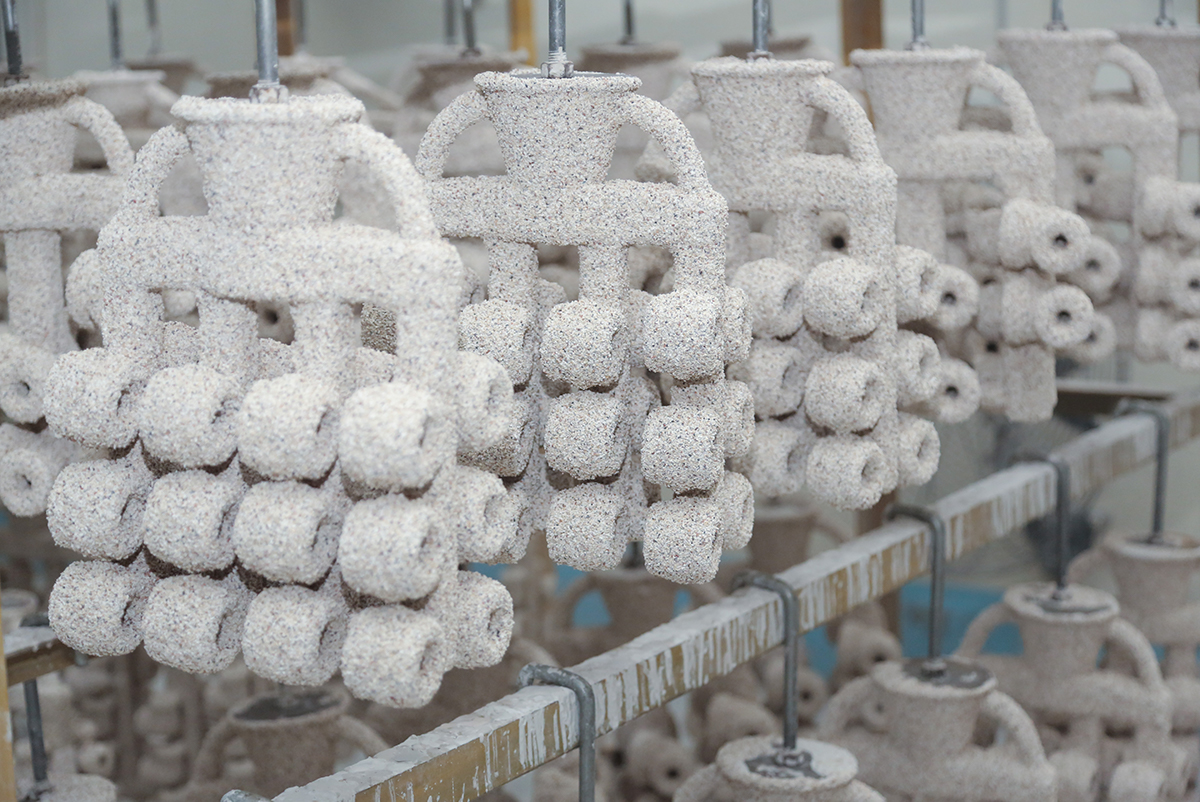Sourcing the right stainless steel pipe fittings is crucial for the integrity, safety, and cost-efficiency of any project, whether in construction, manufacturing, or oil and gas. However, with multiple purchasing channels available, deciding *where* to buy can be a challenge. Should you go straight to the manufacturer, support a local business, or work with an international importer?
Option 1: Buying Direct from an OEM (Original Equipment Manufacturer)
Purchasing directly from the manufacturer of the stainless steel pipe fittings means you are buying from the source.
Pros:
- Cost-Effectiveness: Eliminating middlemen often results in the best possible price, especially for large-volume orders.
- Customization: OEMs can often create custom fittings tailored to your exact specifications (e.g., unique sizes, grades like 304 or 316, or special tolerances).
- Quality Control: You have direct insight into the manufacturing process, quality control standards, and material certifications (e.g., ASTM, ASME).
- Technical Expertise: Direct access to engineering teams can be invaluable for complex projects requiring technical support.
Cons:
- Higher Minimum Orders: OEMs typically require larger Minimum Order Quantities (MOQs), which can be a barrier for smaller projects.
- Longer Lead Times: Production and shipping, especially if overseas, can take weeks or months.
- Logistical Complexity: You are responsible for arranging international logistics, customs clearance, and import duties if the OEM is abroad.
Best For: Large-scale projects, high-volume buyers, and those requiring custom-made or highly specific fittings.
Option 2: Buying from a Local Supplier or Distributor
Local suppliers purchase fittings in bulk from various manufacturers (including OEMs and importers) and stock them for resale.
Pros:
- Speed and Convenience: The biggest advantage. Fittings are often available for immediate pickup or next-day delivery, minimizing project downtime.
- No Minimum Order: You can buy exactly what you need, from a single fitting to a large batch.
- Local Support: Build a relationship with a nearby business. They provide face-to-face service, local expertise, and quick problem resolution.
- Simplified Logistics: All import processes and bulk shipping are handled by the supplier, saving you the hassle.
Cons:
- Higher Per-Unit Cost: You pay a premium for the convenience, local inventory, and value-added services.
- Limited Customization: Options are restricted to what the supplier has in their catalog.
- Brand and Grade Limitations: Your choices are limited to the brands and grades the supplier carries.
Best For: Small to medium-sized projects, urgent requirements, maintenance and repair operations (MRO), and buyers who prioritize convenience and support.
Option 3: Buying from an Importer or Wholesaler
Importers specialize in sourcing products from international OEMs, often in low-cost manufacturing countries, and selling them in another market.
Pros:
- Competitive Pricing: They leverage global manufacturing costs to offer prices that are typically lower than local suppliers (though not always lower than OEM direct prices for huge volumes).
- Wide Variety: They often aggregate products from multiple factories, offering a broad range of types, grades, and standards.
- Market Knowledge: They navigate international trade, regulations, and logistics on your behalf.
Cons:
- Variable Quality: Quality can be inconsistent if the importer does not rigorously vet its overseas partners. It’s crucial to verify certifications.
- Less Direct Control: You are further removed from the original manufacturer, which can complicate communication and issue resolution.
- Inventory Dependent: While they hold stock, you may still face lead times if a specific item is out of stock.
Best For: Buyers seeking a balance between cost and convenience, those needing a variety of standard fittings without OEM-level volumes.
There is no single “best” place to buy stainless steel pipe fittings. The optimal choice depends entirely on your project’s specific needs.
- For critical, custom, and high-volume applications: An OEM is likely your best partner.
- For urgent needs, MRO, and local support: A Local Supplier is unbeatable.
- For cost-effective standard fittings without huge MOQs: An Importer offers a strong middle ground.
Post time: Aug-22-2025

